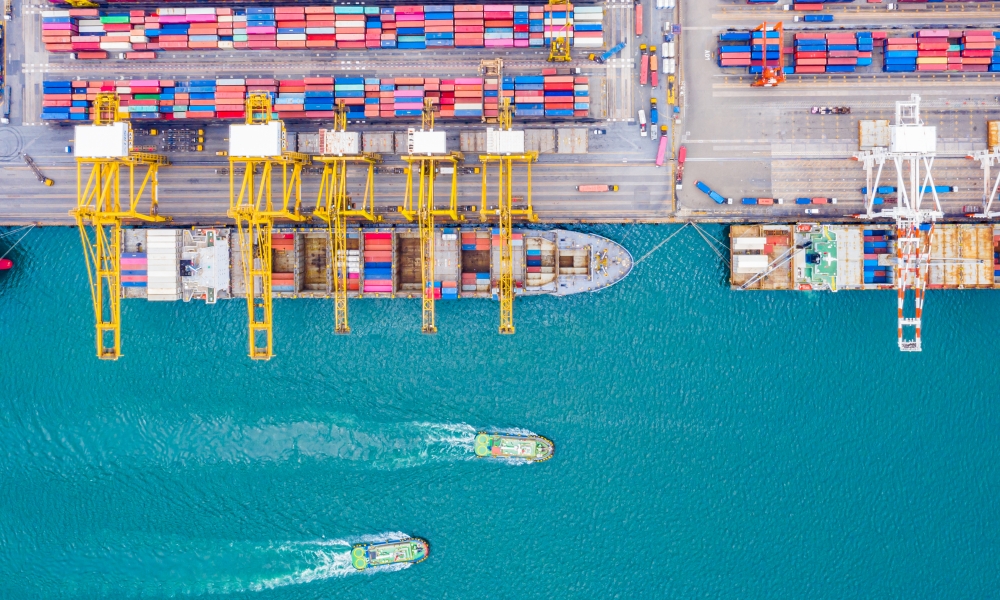Decarbonising shipping by 2050 requires rigorous change in green fuel supply-chains
Associated Sprints
Recent News
- Agile at the BES Symposium
- Youth-Led Research and Policy
- Greenhouse gas uncertainties: expanding the impact of research

‘Optimal fuel supply of green ammonia to decarbonise global shipping’, published in Environmental Research: Infrastructure and Sustainability has outlined a pathway industries and governments can follow to transition to green ammonia to decarbonise shipping. Combining expertise from green ammonia production, shipping and transport infrastructure planning, and climate policy, the Sprint team has created a comprehensive global picture of fuel supply and demand for the future green ammonia economy.
What does this mean for policy?
International Maritime Organisation (IMO) greenhouse gas (GHG) reduction ambitions have interim goals against a 2008 baseline of at least 30% reduction by 2030, 70% reduction by 2040, with an overarching net zero target by 2050. Multiple stakeholders at regional, national and international level need to understand the viability of green ammonia as an alternative (affordable) fuel source for shipping, the infrastructure to facilitate this, and where investments are needed to help achieve IMO’s ambitions. However, industry and investors currently lack credible scenarios to inform a global green ammonia industry for shipping decarbonisation.
Modelling framework
To address these targets and create plausible scenarios for configuring global green ammonia for shipping, the Sprint team’s paper outlines a modelling framework for global green ammonia fuel supply chains. It provides a port-level fuel demand model for 2050 based on present-day fuel demand estimates per transport routes and trade scenarios for 2050. This is combined with a geographically detailed optimisation model encompassing green ammonia production, storage, and transport at a global scale.
Green shipping corridors
A substantial amount of shipping can be decarbonised by targeting the largest ports first. This study finds that fuel supply networks can be regionalised (meaning without very long distance inter-ocean transport) based on cost-efficient production locations coupled with regional concentrations of demand. A transitional pathway to ammonia fuelled shipping can be achieved via ‘green shipping corridors’, routes between two or more strategic ports with high fuel demand. These green corridors can be the first step towards the global configuration of green shipping.
Further information and what’s next
IOP Publishing have issued a press release that highlights the paper’s importance for achieving shipping decarbonisation by 2050.
The Agile Initiative will be holding a webinar which will present the Sprint team’s findings on future scenarios of global green ammonia production and ship fuelling. We welcome all to join us, but particularly stakeholders from industry, policy, shipping companies, port authorities, regulatory bodies, finance institutions, NGOs, and researchers or others engaged in related industries, energy and decarbonisation. You can register here.


